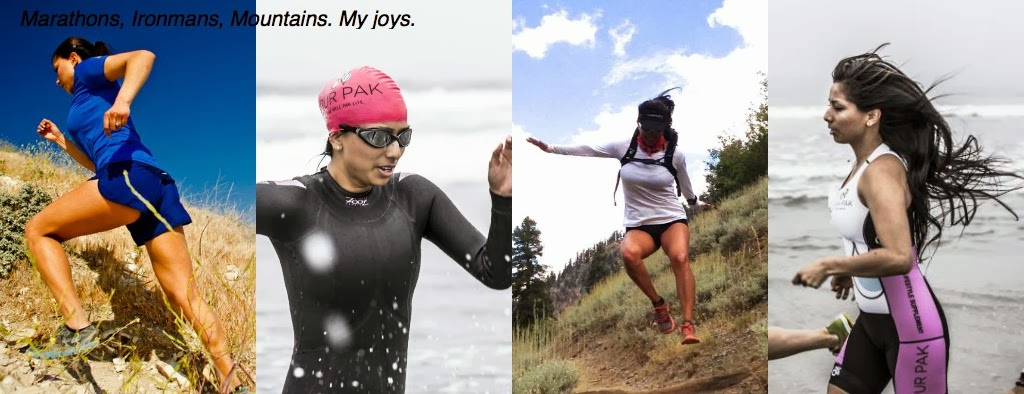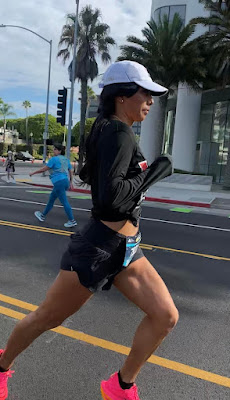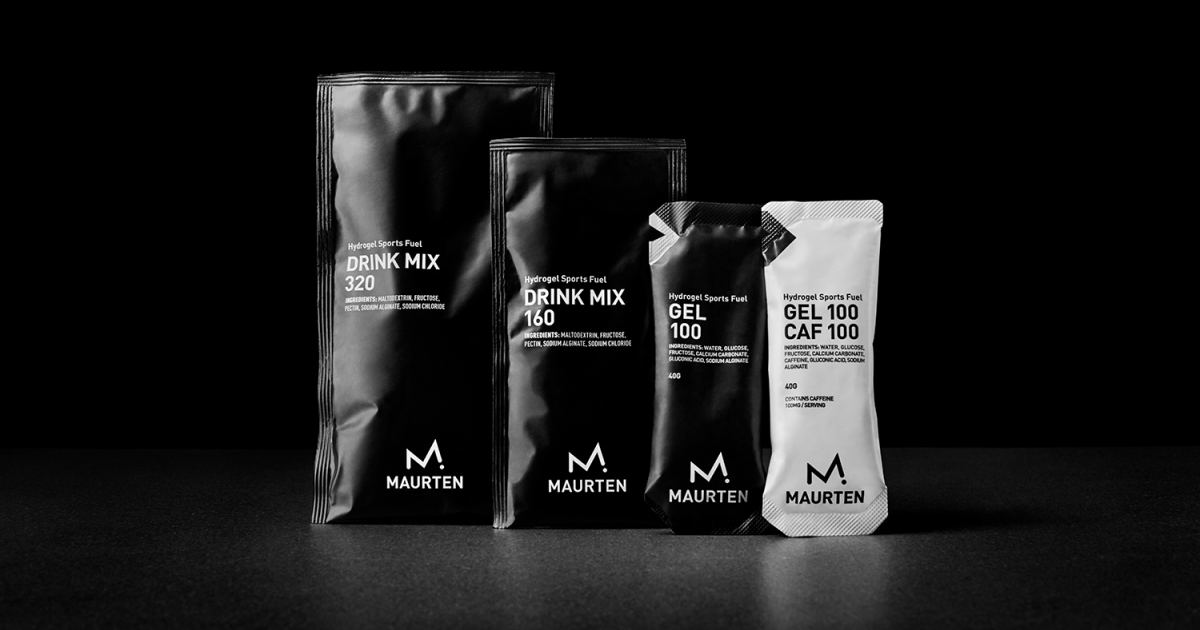1. TRAINING PARTNER:Compression boots - RecoveryAir by Therabody is having a huge online sale now for all three designs: PRO, JetBoots, and Prime. I have a pair of JetBoots and PRO (1st Gen). I've gifted my dad the PRO (1st Gen) as well. I will be upgrading to the latest generation for Christmas. It's a great investment for your partner and yourself to use regularly at home and when you travel. I've never had a problem through TSA with them in my carryon.
- 12/10 Santa to Sea Half - NADIA15
- 1/21 Rose Bowl Half - NADIA_10
- 2/4 Surf City Half - NADIA10
- 2/25 Ventura Half
- 3/17 LA Marathon - NADIA_10
- Alpha Win Race Series - NADIA20
3. NEW RUNNER:
$100-200 running store gift card -- The best way to start running is with a great pair of new running shoes that best fit a runner's needs. For any new runner, I recommend first to visit their local specialty running store to have their running gait analyzed for free then have the rep recommend the best shoes for you in different brands.
4. SECRET SANTA:Earbuds / Headphones - JLab have my favorite earbuds and headphones. You have several price points to choose from as low as $30 or $199 for your premium pairs. It is a perfect gift for anyone and even a great stocking stuffer. All their products deliver quality sound and have been my favorite earbuds for over a decade. Discount: NADIA15 - save 15% off.
Triswim Bath Set - I have been using SBR Sports for over a decade. I love their body wash, shampoo, conditioner, and lotion. Safe for kids or pets and great for athletes of all sports. Mix and match your gift bundles of Triswim and there are traveler's sets, too. Discount: NADIA - save 20% off.
5. INJURED RUNNER:Pain management patches - StaminaPro Patches are electroceutical charged patches with electrons from a variety of nutrients shown to reduce inflammation leading to faster recovery and performance. for recovery, pain management and performance. Some of the nutrients are branched chain amino acids, essential amino acids, arnica, beet root, bioperine, COQ10, glutathione, green tea extract, Mg, MSM, Olive Leaf, Omega-3, Tumeric, Vitamin D, and more. My entire family uses them not only during running, but also if we tweak something during a non-running related activity. Discount: NADIA15 - save 15% off.
Bodyweight support system - LEVER Movement device attaches to your at-home treadmill and can take up to 45 pounds off your bodyweight allowing you to focus on your form, return from injury safely, and/or ramp up your mileage safely. This was one of the key tools I used after my right meniscus bucket handle tear in 2021. Discount: NADIA - save 15% off any item on their site.
Hydrogels - Maurten Starter Kit allows an athlete to try several of their products in training to help explore what works best for ourselves. The Feed offers a great option to try out Maurten and other nutrition products in a goodie bag as well. Stay tuned Maurten will be launching a NEW 1/52 Collection on November 22nd here.
Protein - I am currently loving the new protein line with CBD by Mons Pura. Try their vanilla ice cream flavor or chocolate mousse. Discount: NADIA20 - save 20% off anything.
Meal Delivery Service - Order a week supply of meals for your runner to help them have healthy, tasty meal options at home to save time and best part no dishes. Designed for athletes, I use Trifecta Nutrition meal delivery service with a 10 meal plan delivered every other Friday. Meals are vacuumed sealed, never frozen, last up to 6-10 days in the fridge or 3 months frozen. Explore from over 100 meal choices from clean, paleo, keto, and plant based categories. Ships to all 50 states.
7. RUNNING CLUB FRIENDS:Running Accessories -- We can never have too many. I love the options Ultimate Direction accessories offers from socks, mittens, gaiters, buffs, performance hats and ice bandanas, which helped me tremendously at my Palm Springs Triathlon in 98F. Discount: NADIA - save 20% off anything on their site.
8. RUNNING COACH:
Spa day pass -- We are reminded to pamper ourselves from time to time. Somehow, we tend to overlook this necessity often. Gift the gift of self love at their favorite local spa. They will be renewed and overjoyed. My favorite recovery wellness center is located in Pasadena called Space Bar Wellness offering contrast therapy, red light therapy, floatation therapy (sensory deprivation tank), compression, and massage services. They are also offering holiday specials.
However aside from a gift, your running coach loves simply to hear from you. I personally love holiday cards with a handwritten message or letter. I believe in the power of expressing your feelings through writing. Your dedication to your training and your feedback are always the best gift for your coach -- they thrive to see you happy achieving your goals. :)
9. TRAVELING RUNNER:Massage gun -- There are so many to choose from on the market. Different brands and sizes. My clients have shared with me they have tried the lower priced choices and are not satisfied in the end. Gift yourself or your loved one a high quality massage tool to use at home or travel. My favorite ones are the Theragun PRO for myself and Tony, Theragun Sense for my parents (its lighter for seniors), and Theragun mini for travel. I put my mini in gear check so I may use it immediately post race. I've also traveled with all my theraguns in my carryon and never had an issue with TSA.
Recovery sandals -- What we wear in between our training session can either hinder or support our recovery. Aim to wear supportive footwear and/or sandals when traveling or throughout the day if your are on your feet all day. I love to use my recovery sandals by VELOUS either their stylish flip sandal or slides. Foot care during and in between sessions is crucially important for not only performance but also for longevity and joint health. Ladies: please opt away from the ballerina flats, flat flip flops or heels over 3 inches. There is proven studies shown how this impacts the joint health of your feet over long period use. Love your feet. Discount: NADIA20 - save 20% off any style.
Hydration Vests, Packs, Handheld Bottles - I LOVE trail running and love to have Ultimate Direction by my side on the trails. As my first and true love, I first started trail running 26 years ago. Finding the most comfortable pack or handheld for you can be daunting. Decide on what size you need then choose your color. All their packs have choices with several pockets and bottle options so you cannot go wrong. I have all the main sizes of storage capacity from 5L for racing, 10L, 15L, and 30L for my adventure all day runs. Discount: NADIA - 20% off anything on their site.
11. MOTHER RUNNER:
Monthly supply of supplements -- My first answer would be a baby jogger and second help her feel her best with premium supplements. My go-to everyday at home or when traveling are Vital 4U premium supplements. It is pre-packaged packets of 12 pills with over 75 nutrients to help support your daily nutrition. I have been using them for over a decade and also have both my parents on them, too. I rarely get sick, most notably I have not gotten sick at all between 2020-2023. Supplements help support a healthy lifestyle.
12. YOURSELF:

























